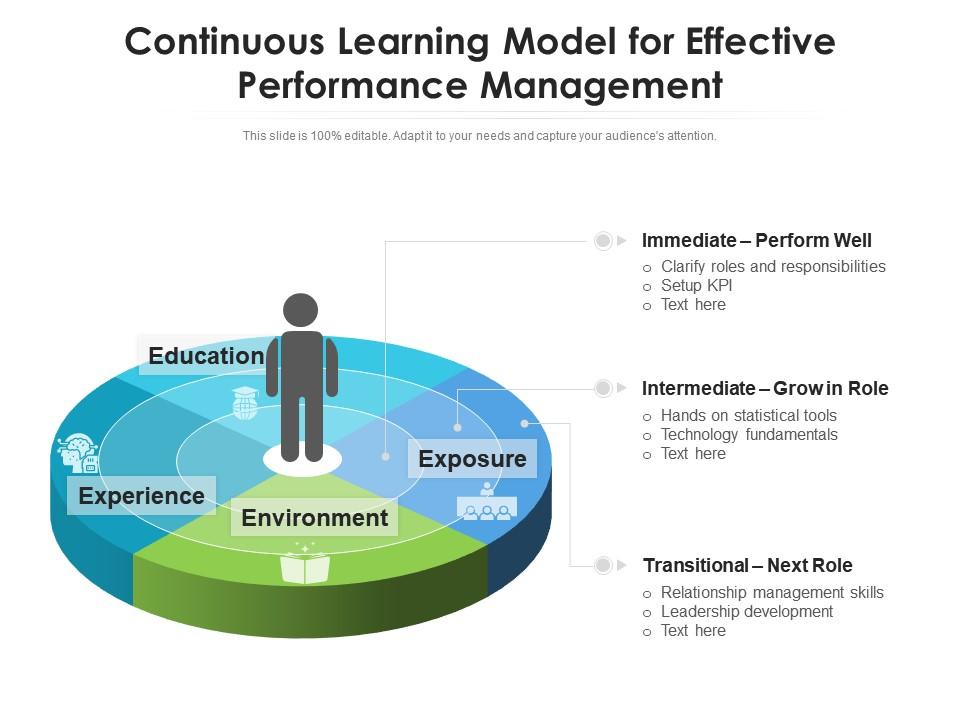As we find ourselves in a business landscape that’s evolving at an unprecedented speed, the need for continuous learning has never been more critical. Companies that aim to stay competitive must create a culture that values ongoing education and development, fostering a workforce that’s adaptive, innovative, and equipped to face future challenges. This article explores the reshaping of corporate learning and provides insights into fostering a culture of continuous learning.
Understanding Continuous Learning
Continuous learning refers to the ongoing, voluntary, and self-motivated pursuit of knowledge for personal or professional reasons. In the corporate context, it translates to employees constantly learning and upgrading their skills to stay abreast of industry changes and innovations.
The Importance of Continuous Learning
In a rapidly changing world, the ‘learn-once, work-forever’ model is no longer viable. Skills acquired in formal education can quickly become outdated. Companies that promote continuous learning encourage employees to acquire new skills and knowledge continuously, ensuring their talent remains relevant and adaptive.
Steps to Foster a Culture of Continuous Learning
- Leadership Support and Encouragement
Leadership plays a critical role in fostering a learning culture. Leaders must not only advocate for continuous learning but also lead by example. This could mean openly sharing their learning experiences or setting aside time for their own professional development.
- Learning Opportunities and Resources
Companies should provide various learning resources and opportunities, like online courses, workshops, webinars, mentorship programs, and peer learning groups. Access to these resources should be easy and encouraged.
- Recognition of Learning
Acknowledging and rewarding employees’ learning efforts can motivate others to follow suit. This could be as simple as a shout-out in a team meeting or as formal as a certificate of achievement.
- Embedding Learning into Work
Learning should not be seen as a separate activity but should be embedded in everyday work. This might mean encouraging employees to set aside a certain amount of work time for learning or incorporating learning objectives into performance goals.
- Flexibility and Personalization
Everyone learns differently, and what works for one person might not work for another. Providing flexible and personalized learning paths can cater to individual preferences and boost learning outcomes.
The Role of Technology
Modern technology plays a crucial role in promoting continuous learning. Learning management systems (LMS) and e-learning platforms provide flexible, personalized, and easily accessible learning resources. AI and data analytics can help customize learning paths for each employee, based on their learning style, career aspirations, and knowledge gaps.
Conclusion
Creating a culture of continuous learning is not an overnight task. It requires a strategic approach, leadership support, the right resources, and a supportive learning environment. However, the benefits — a more skilled, engaged, and innovative workforce — make it a worthwhile investment. As we navigate a future marked by constant change, continuous learning will be a key differentiator, propelling companies towards sustained success.

